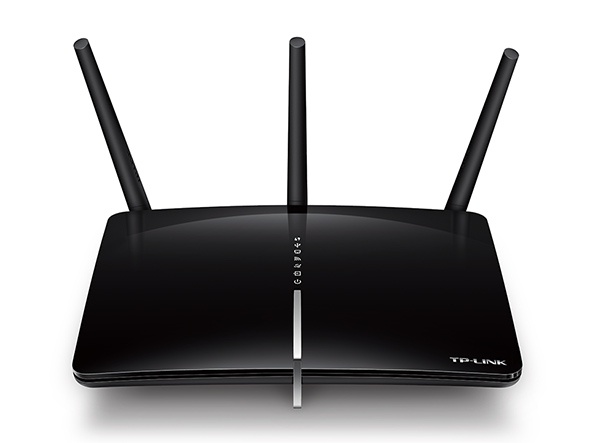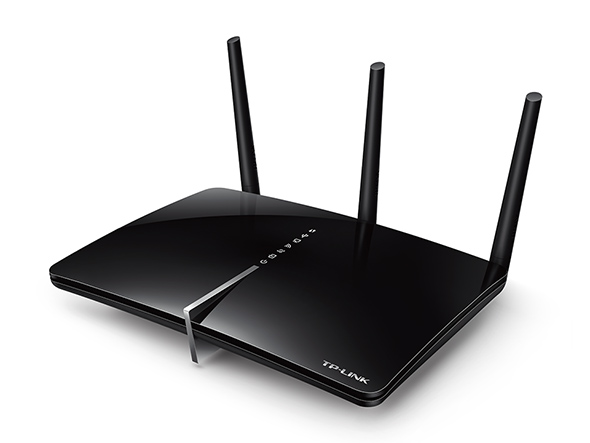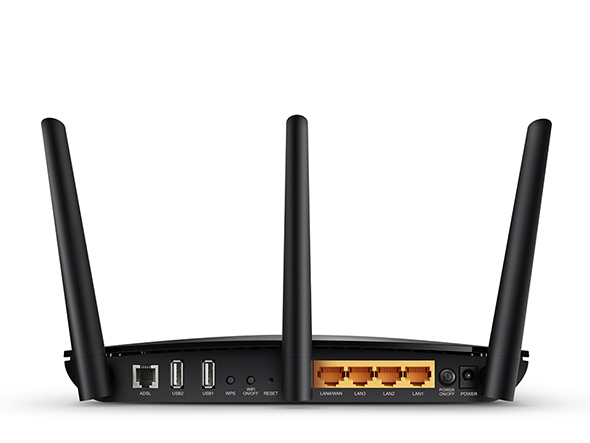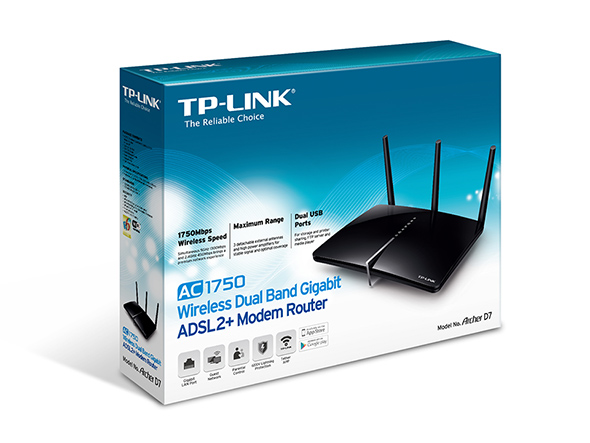Archer D7
End of LifeAC1750 Wireless Dual Band Gigabit ADSL2+ Modem Router
- Supports 802.11ac standard - the next generation of Wi-Fi
- Simultaneous 2.4GHz 450Mbps and 5GHz 1300Mbps connections provide a premium wireless experience
- Share a printer locally and files & media with networked devices or remotely via FTP server
- Ethernet WAN (EWAN) port accepts connections from cable and fiber modems via Ethernet cable
- TP-LINK Tether provides the easiest way to access and manage the router on your iOS and Android devices
Superfast Wireless Speed with 802.11ac
3 times faster than wireless N speeds, Archer D7 delivers a combined wireless data transfer rate of up to 1750Mbps with 1300Mbps over 5GHz and 450Mbps over 2.4GHz. 802.11ac also brings higher power efficiency and robust security, making Archer D7 a perfect hub for your home or small office network.
5GHz
2.4GHz
802.11n802.11ac
Premium Wireless Network Experience




![]()

![]()

![]()

![]()
Full Gigabit Wired Connection
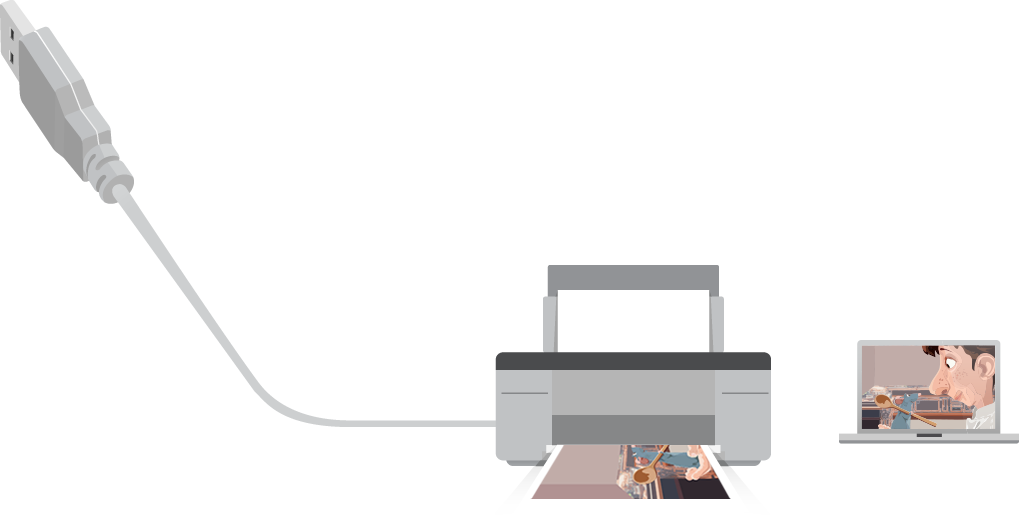
Easy USB Storage and Sharing
Interchangeable LAN/WAN Port
vides another secure Wi-Fi
access for guests sharing
your home or small office network
parents or administrators to
establish restricted access
policies for children or staff
intelligent auto-detection which
automatically figures out connection
type help easily get online in a flash
the next generation of
Internet protocol, helping you
to future-proof your network
Simple, Elegant, Modern
suited gentleman, Archer D7's exterior design
delivers a conception of simplicity and elegance,
and with gentle curves and fine crafting to
emanate quality.
The metal frame from the middle of the housing
plays a supporting role in the structure of the
shell body and achieves better cooling, while
also reflects the front LED indicators to look like
a continuation of itself.
metal TP-LINK Logo provides the whole design with
more texture and a better out-of-the-box experience.
TP-LINK | Wireless ADSL2+ Modem Routers
| Archer D7 | Archer D5 | TD-W8980 | TD-W8970 | TD-W8960N | |
| Products | AC1750 Wireless Dual Band Gigabit ADSL2+ Modem Router |
AC1350 Wireless Dual Band Gigabit ADSL2+ Modem Router |
N600 Wireless Dual Band Gigabit ADSL2+ Modem Router |
300Mbps Wireless N Gigabit ADSL2+ Modem Router |
300Mbps Wireless N ADSL2+ Modem Router |
| Standards | IEEE 802.11ac/ n/g/b/a |
IEEE802.11ac/ n/g/b/a |
IEEE 802.11n/ g/b/a |
IEEE 802.11n/ g/b |
IEEE 802.11n/ g/b |
| Wireless Speed | 1300Mbps 450Mbps |
867Mbps 450Mbps |
300Mbps 300Mbps |
300Mbps | 300Mbps |
| Wireless Range | |||||
| EWAN | √ | √ | √ | √ | √ |
| Gigabit Ports | √ | √ | √ | √ | - |
| USB 2.0 Ports | 2 | 2 | 2 | 2 | - |
| IPv6 | √ | √ | √ | √ | √ |
| HARDWARE FEATURES | |
|---|---|
| Interface | 1 10/100/1000Mbps RJ45 WAN/LAN Port 3 10/100/1000Mbps RJ45 LAN Ports 1 RJ11 Port 2 USB 2.0 Ports |
| Button | 1 Power On/Off Button 1 Wi-Fi On/Off Button 1 WPS Button 1 RESET Button |
| External Power Supply | 12VDC/2.5A |
| IEEE Standards | IEEE 802.3, 802.3u, 802.3ab |
| ADSL Standards | Full-rate ANSI T1.413 Issue 2 ITU-T G.992.1(G.DMT), ITU-T G.992.2(G.Lite) ITU-T G.994.1 (G.hs), ITU-T G.995.1 |
| ADSL2 Standards | ITU-T G.992.3 (G.DMT.bis), ITU-T G.992.4 (G.lite.bis) |
| ADSL2+ Standards | ITU-T G.992.5 |
| Dimensions ( W x D x H ) | 9.0 x 6.3 x 1.5 in. (229 x 160 x 37mm) |
| Antenna | Three detachable dual band external antennas |
| Antenna Gain | 3 × 2dBi for 2.4GHz and 3 × 3dBi for 5GHz |
| WIRELESS FEATURES | |
|---|---|
| Wireless Standards | IEEE 802.11ac/n/a 5GHz IEEE 802.11n/g/b 2.4GHz |
| Wireless Speeds | 5GHz: Up to 1300Mbps 2.4GHz: Up to 450Mbps |
| Frequency | 2.4GHz and 5GHz |
| Wireless Functions | Enable/Disable Wireless Radio, WDS Bridge, WMM, Wireless Statistics |
| Wireless Security | 64/128-bit WEP, WPA/WPA2, WPA-PSK/WPA2-PSK encryption, Wireless MAC Filtering |
| Transmission Power | <20dBm(EIRP) |
| Wireless Schedule | Support 2.4GHz and 5GHz Wireless Schedule |
| SOFTWARE FEATURES | |
|---|---|
| Quality of Service | ATM QoS, Bandwidth Control |
| Advanced Features | Parental Control Network Address Translation (NAT); Port Mapping (Grouping), Static Routing, RIP v1/v2 (optional); DNS Relay, DDNS, IGMP V1/V2/V3 |
| Security | NAT Firewall, Access Control, MAC / IP / URL Filtering, Denial of Service (DoS), SYN Flooding, Ping of Death IP and MAC Address Binding |
| IPv6 | IPv6 and IPv4 dual stack |
| Operating Modes | ADSL Modem Router, Wireless Router |
| Management Features | Web Based Configuration(HTTP), Remote management, Command Line Interface, SSL for TR-069, SNMP v1/2c, Web Based Firmware Upgrade, Diagnostic Tools |
| DHCP | Server, Client, DHCP Client List, Address Reservation, DHCP relay |
| Port Forwarding | Virtual server, Port Triggering, DMZ, ALG, UPnP |
| Dynamic DNS | DynDns, NO-IP |
| VPN Pass-Through | PPTP, L2TP, IPSec Passthrough |
| ATM/PPP Protocols | ATM Forum UNI3.1/4.0, PPP over ATM (RFC 2364), PPP over Ethernet (RFC2516), IPoA (RFC1577/2225), MER\IPoE (RFC 1483 Routed) Bridge (RFC1483 Bridge) PVC – Up to 8 PVCs |
| USB Sharing | Support Samba(Storage)/FTP Server/Media Server/Printer Server |
| Guest Network | 2.4GHz guest network × 1 5GHz guest network × 1 |
| IPSec VPN | Supports up to 10 IPSec VPN tunnels |
| OTHERS | |
|---|---|
| Certification | CE, FCC, RCM, RoHS |
| Package Content | AC1750 Wireless Dual Band Gigabit ADSL2+ Modem Router External Splitter RJ-11 Telephone Cable RJ-45 Ethernet Cable Quick Installation Guide Power Adapter |
| System Requirements | Windows 10/8/7/Vista/XP or Mac OS or Linux-based operating system |
| Environment | Operating Temperature: 0℃~40℃ (32℉~104℉) Storage Temperature: -40℃~70℃ (-40℉~158℉) Operating Humidity: 10%~90% non-condensing Storage Humidity: 5%~90% non-condensing |
† Maximum wireless signal rates are the physical rates derived from IEEE Standard 802.11 specifications. Range, coverage, and the maximum number of connected devices are based on test results under normal usage conditions. Actual wireless data throughput, wireless coverage, and number of connected devices are not guaranteed and will vary as a result of 1) environmental factors, including building materials, physical objects, and obstacles, 2) network conditions, including local interference, volume and density of traffic, product location, network complexity, and network overhead, and 3) client limitations, including rated performance, location, connection quality, and client condition.
Actual network speed may be limited by the rate of the product's Ethernet WAN or LAN port, the rate supported by the network cable, Internet service provider factors and other environmental conditions.
